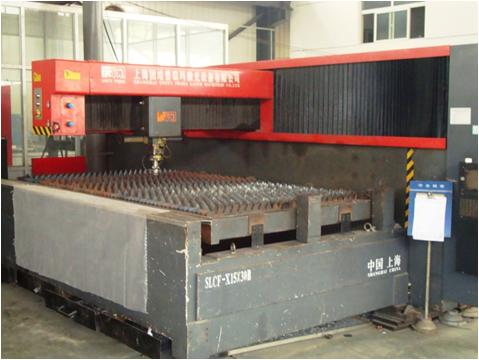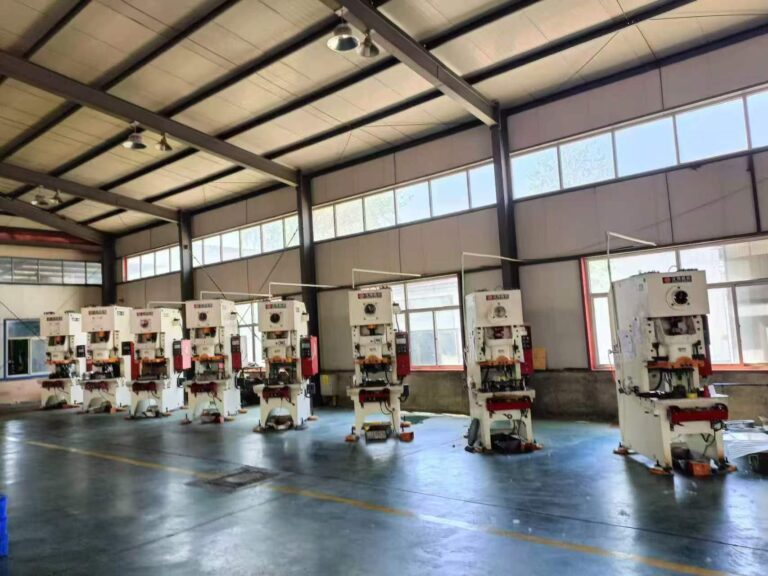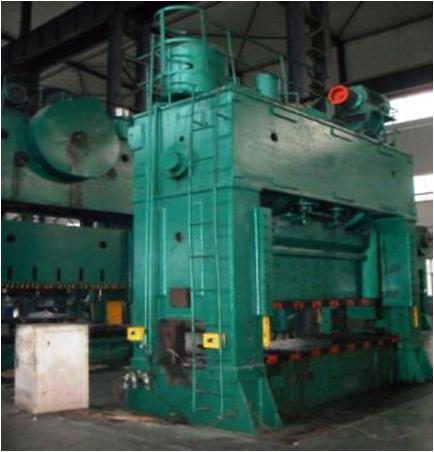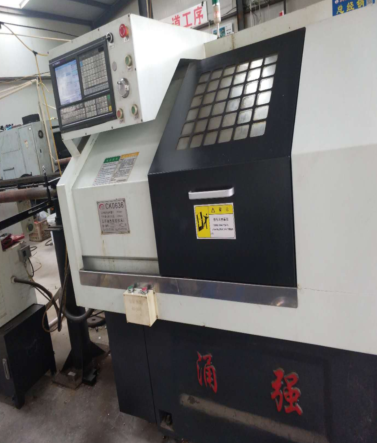5 Characteristics of Stamping
With its unique technical advantages, stamping process occupies a pivotal position in modern manufacturing industry, and its core features are mainly reflected in the following five aspects:

1. Complex parts with less waste
Stamping process can accurately shape complex parts, whether with curved surfaces, flanges, holes, shaped structures, or multi-station continuous stamping to form an integrated part, can be molded through the mold one or more times to complete. This highly tailored to the design needs of the processing method, minimizing the ineffective consumption of materials, the scrap rate is far lower than the traditional cutting process. For example, in the production of automotive coverings, complex body surfaces can be formed by stamping once, and the material utilization rate can be increased to more than 85%, which significantly reduces the cost of raw materials.
2. Fine, smooth and interchangeable
The dimensional accuracy of stamped parts formed by precision molds can not only reach ±0.01mm, but also the surface roughness is as low as Ra0.8μm, which can meet the assembly requirements without additional polishing. At the same time, the standardized mold parameters to ensure the consistency of each batch of products, parts interchangeability is close to 100%, which is particularly important in the field of electronic equipment connectors, precision instruments and accessories, effectively shorten the product assembly cycle.
3. Higher rigidity saves material
Stamping process realizes molding through plastic deformation of material, which can make the internal grain refinement of material while changing the shape of the workpiece, significantly improving the tensile strength and yield limit of the workpiece, and increasing the strength of casting parts by more than 30%. This high-strength feature allows designers to use thinner material thickness, under the premise of ensuring structural stability, to achieve lightweight parts. For example, in the case of air conditioning compressor shell, the thickness of steel plate can be reduced from 2mm to 1.5mm by stamping process, and the weight of a single piece can be reduced by 25% without affecting the use of performance.
4. Easy to control and high efficiency
Stamping production relies on automated production line to realize the whole process can be controlled, from feeding, stamping to picking up the parts are completed by robotic arms, with sensors real-time monitoring of pressure, displacement and other parameters, you can adjust the production status in a timely manner. A single stamping equipment can complete 30 – 120 stamping cycles per minute, and the daily production capacity of a multi-station production line can reach more than 100,000 pieces, far exceeding the traditional processing methods. In the production of metal center frame of cell phone, the high-speed stamping line can complete the processing of 50,000 qualified products in 8 hours. 5. low cost of mass production
5. Low cost of mass production
When the production batch reaches more than 100,000 pieces, the cost advantage of stamping process begins to highlight. Although the initial investment in molds is high, the cost of molds for each product will drop sharply with the increase in production. Take automotive brake pads steel back, for example, when the output reaches 1 million pieces, the processing cost of a single piece is only 1/5 of the laser cutting. in addition, automated production reduces labor costs, waste recycling rate of 90%, further compression of the overall production costs.
In short, the stamping process combines complexity of manufacturing, high precision quality, high strength performance, high efficiency production and low cost advantages in one, perfectly suited to the modern manufacturing industry on product diversification, high quality, high productivity and low consumption needs. Whether it is in the field of mass production such as automobiles, electronics, home appliances, or in industries with strict requirements for precision such as precision instruments, stamping process has become a key manufacturing technology to enhance product competitiveness with its excellent comprehensive performance, providing a strong support for the efficient and sustainable development of the manufacturing industry.



